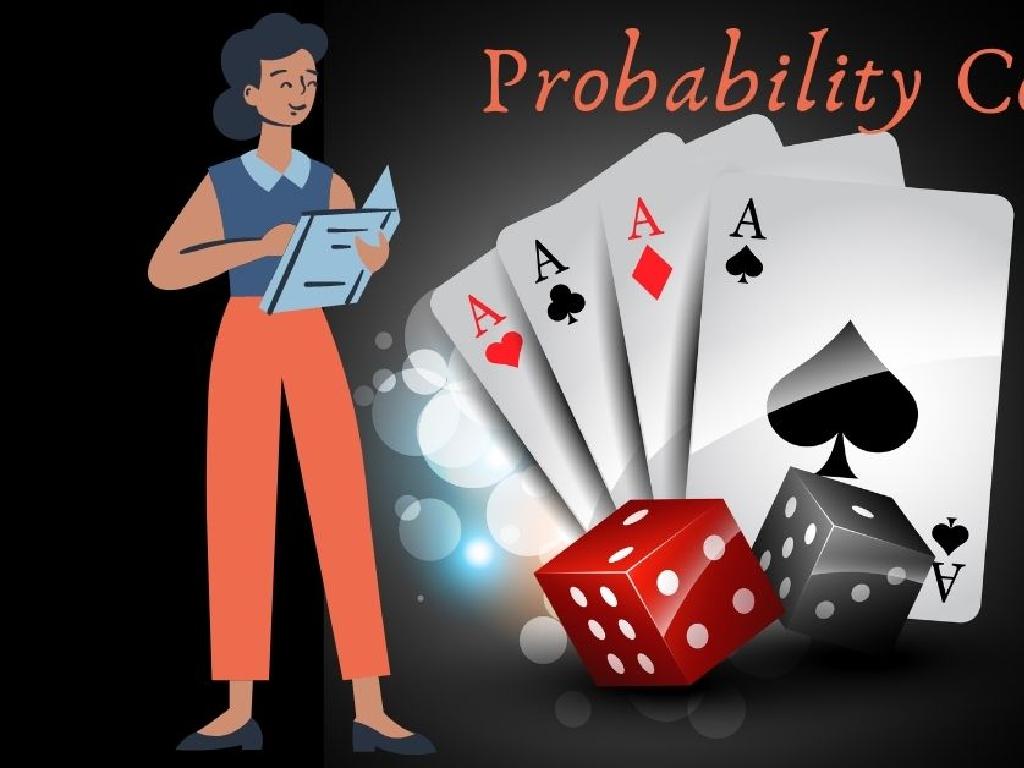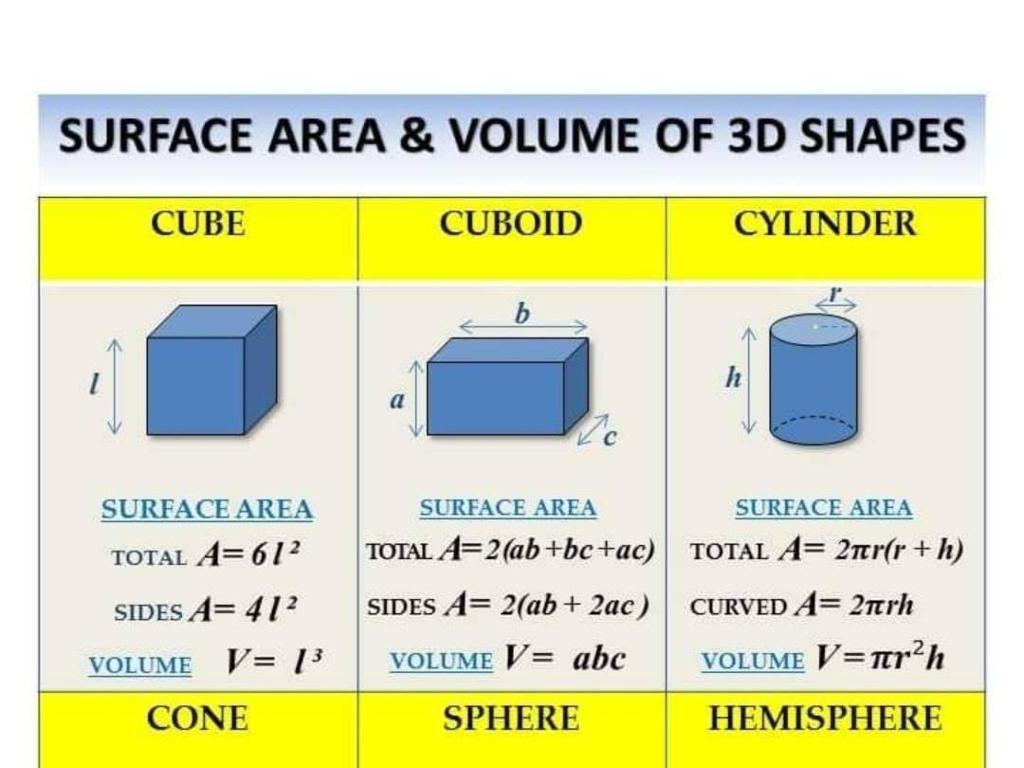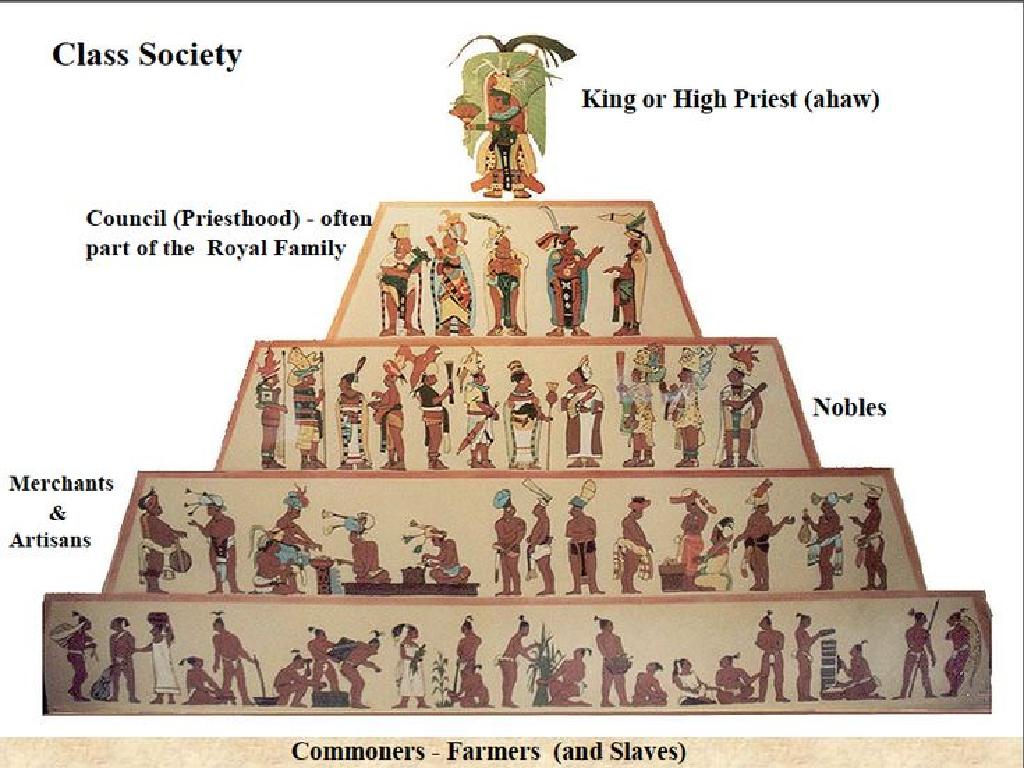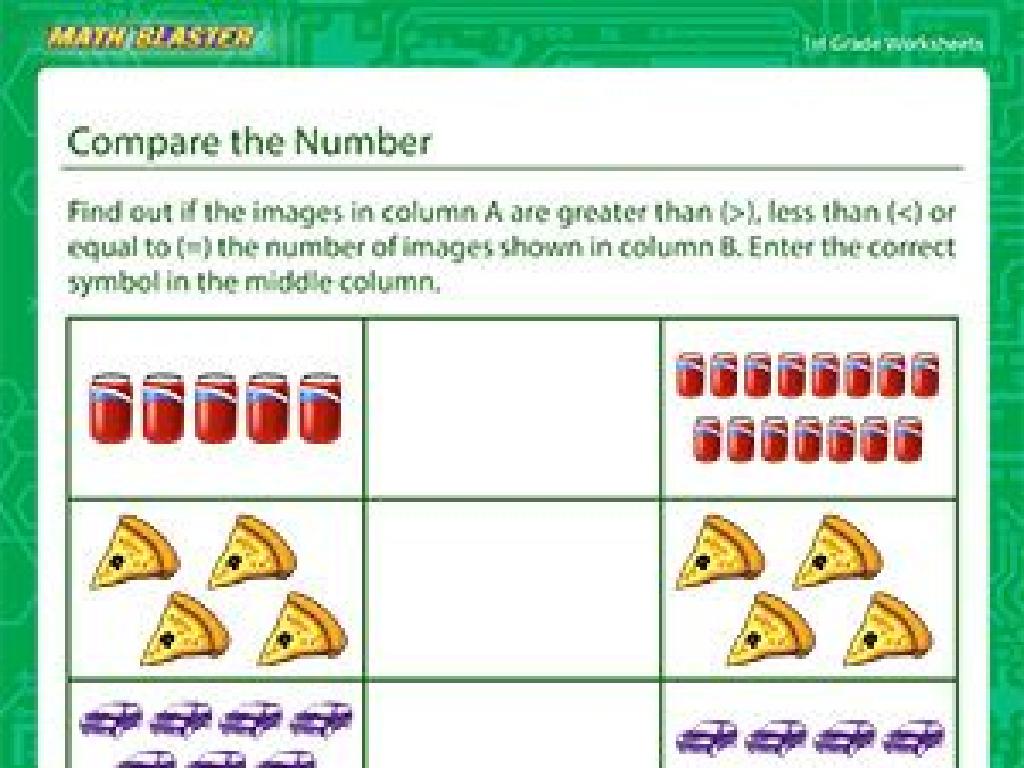Choose The Short O Or Long O Word That Matches The Picture
Subject: Language arts
Grade: Second grade
Topic: Short And Long Vowel Patterns
Please LOG IN to download the presentation. Access is available to registered users only.
View More Content
Welcome to Short and Long Vowels!
– Learn about short ‘o’ and long ‘o’
– Short ‘o’ as in ‘pot’, long ‘o’ as in ‘rope’
– Why vowel sounds matter
– Knowing vowel sounds helps us figure out new words
– Practice with pictures
– Match words to pictures using vowel sounds
– Improve reading and spelling
|
This slide introduces the concept of short and long vowel sounds, focusing on the letter ‘o’. Begin by explaining the difference between the short ‘o’ sound, as in ‘pot’, and the long ‘o’ sound, as in ‘rope’. Emphasize the importance of vowel sounds in reading and spelling, as they are the building blocks of words. Engage the students with a matching activity where they use vowel sounds to match words to pictures, reinforcing their understanding. This activity will help improve their phonemic awareness and ability to decode new words, which is crucial for their reading development. Encourage students to listen carefully to the sounds and practice with examples you provide.
Exploring Vowel Sounds: Short O and Long O
– Vowels: special alphabet letters
– Short vs. long vowel sounds
– Short vowels: quick and brief
– Example: ‘cot’ vs. ‘coat’
– Long vowels: say their name
– Example: ‘hop’ vs. ‘hope’
|
This slide introduces the concept of vowels to second-grade students, emphasizing the difference between short and long vowel sounds. Short vowels are described as being in a hurry, which means they are pronounced quickly and not quite like their letter names. Long vowels, on the other hand, are pronounced just like the vowel names themselves. Use examples like ‘cot’ versus ‘coat’ and ‘hop’ versus ‘hope’ to illustrate the difference. Encourage students to practice by saying the words out loud and listening to the vowel sounds. This will help them in the upcoming activity where they will choose between short o and long o words to match pictures.
Meet the Short ‘o’
– ‘o’ as in ‘top’ and ‘sock’
– The ‘o’ in ‘top’ is quick and soft.
– Sounds like ‘ah’ at the doctor
– Say ‘ah’ for the doctor to hear the short ‘o’ sound.
– Short ‘o’ is not ‘oh’
– It’s different from the long ‘o’ which sounds like ‘oh’.
– Practice with pictures
– Match words with pictures to learn the short ‘o’ sound.
|
This slide introduces the short ‘o’ sound to second graders. Emphasize the difference between the short ‘o’ sound and the long ‘o’ sound by comparing words like ‘top’ and ‘sock’ with words like ‘go’ and ‘home’. Use the familiar experience of opening one’s mouth at the doctor’s and saying ‘ah’ to illustrate the short ‘o’ sound. Encourage students to practice distinguishing this sound by matching words containing the short ‘o’ with appropriate pictures. This will help them visualize and remember the sound. During the next class, review the words and pictures to reinforce learning.
Meet the Long ‘o’
– The long ‘o’ sounds like ‘go’
– It’s like the ‘o’ in ‘home’
– Long ‘o’ says its own name
– Practice with pictures and words
– Find pictures that match long ‘o’ words
|
This slide introduces the long ‘o’ vowel sound to second graders. Emphasize the pronunciation of the long ‘o’ by comparing it to familiar words such as ‘go’ and ‘home’. Explain that the long ‘o’ is unique because it says its name, ‘O’. To reinforce this concept, have students practice with pictures that represent words with the long ‘o’ sound. For example, show a picture of a boat and have students say the word, listening for the long ‘o’. Encourage them to draw connections between the sound and the letter’s name. This will help them remember the sound associated with the long ‘o’. In the next class, plan activities where students can match pictures to words and vice versa to strengthen their understanding of the long ‘o’ sound.
Short ‘o’ vs. Long ‘o’ Sounds
– Listen to vowel sounds in words
– Short ‘o’ as in ‘dog’
– The short ‘o’ sound is like the ‘o’ in ‘hot’, ‘pot’, and ‘not’.
– Long ‘o’ as in ‘bone’
– The long ‘o’ sound is similar to saying the letter ‘o’ itself, as in ‘go’, ‘snow’, and ‘show’.
– Practice with picture matching
– We’ll match words to pictures to decide if they use a short ‘o’ or a long ‘o’.
|
This slide is aimed at helping second-grade students differentiate between the short ‘o’ and long ‘o’ vowel sounds. Start by pronouncing words with both sounds and have the students repeat after you. Use common examples like ‘dog’ for the short ‘o’ and ‘bone’ for the long ‘o’ to illustrate the difference. Engage the students with a fun matching activity where they match words to pictures, determining if the words use a short ‘o’ or a long ‘o’ sound. This interactive approach will help reinforce their understanding of vowel sounds in a memorable way. Make sure to provide immediate feedback to ensure they are grasping the concept.
Matching Game: Short ‘o’ or Long ‘o’
– Look at the picture carefully
– Choose the word that matches the picture
– Decide if it’s a short ‘o’ or long ‘o’ sound
– Is the ‘o’ like in ‘hot’ or ‘home’?
– Share your answer with the class
|
This slide is for a class activity designed to help students differentiate between short ‘o’ and long ‘o’ sounds in words. Display a picture and have students choose a word that matches the picture from a list of options. They must then decide if the word uses a short ‘o’ sound, as in ‘pot’, or a long ‘o’ sound, as in ‘pole’. Encourage students to say the words out loud to help determine the vowel sound. Possible activity variations: 1) Pair students to discuss before sharing, 2) Use props or flashcards, 3) Have students draw their own pictures for the words, 4) Create a matching worksheet, 5) Play a ‘sound bingo’ with the words.
Practice Time: Short ‘o’ or Long ‘o’?
– Listen to the spoken word
– Decide: short ‘o’ or long ‘o’
– Is the ‘o’ sound like in ‘hot’ or ‘home’?
– Think about the word’s picture
– Visualize the object in your mind
– Share your answer with the class
– Explain why you chose short or long ‘o’
|
This slide is for an interactive class activity where the teacher will say a word out loud, and the students will identify whether it contains a short ‘o’ sound (as in ‘dog’) or a long ‘o’ sound (as in ‘bone’). Before starting, remind the students of the difference between short and long ‘o’ sounds. Encourage them to visualize the object that the word represents and use that image to help determine the vowel sound. After they decide, ask them to share their answers and explain their reasoning. This will help reinforce their understanding of short and long vowel patterns and improve their phonemic awareness.
Let’s Play a Game: Short O vs. Long O
– Learn with a fun movement game
– Listen to the word carefully
– Is it a short ‘o’ as in ‘dog’, or a long ‘o’ as in ‘go’?
– Choose the correct vowel sound
– Move to the matching room side
– Short ‘o’ on one side, long ‘o’ on the other
|
This interactive game is designed to help second graders differentiate between short ‘o’ and long ‘o’ sounds in a fun and physical way. Before starting, explain the difference between short and long vowel sounds. Demonstrate with examples: short ‘o’ as in ‘pot’, long ‘o’ as in ‘pole’. Divide the room into two sides, one for each vowel sound. Say a word out loud and have the students move to the side of the room that represents the vowel sound they hear in the word. This activity not only reinforces their understanding of vowel sounds but also helps them burn off some energy. Make sure to have a list of words prepared with both short and long ‘o’ sounds. Encourage students to say the words out loud as they move to the correct side of the room.
Class Activity: Vowel Sound Hunt
– Search for objects in the classroom
– Decide on the vowel sound: short ‘o’ or long ‘o’
– Is it ‘o’ as in ‘octopus’ or ‘o’ as in ‘bone’?
– Write down your findings
– Share with the class!
– Tell us about the objects and their sounds
|
This activity is designed to help students recognize and differentiate between the short ‘o’ sound, as in ‘pot’, and the long ‘o’ sound, as in ‘rope’. Have the students walk around the classroom and look for everyday objects that contain the letter ‘o’ in their names. They should then determine whether the ‘o’ in each word is pronounced with a short or long vowel sound. Encourage them to write down the object and its corresponding vowel sound. After the hunt, each student will have the opportunity to share their findings with the class, reinforcing their understanding through teaching others. Possible variations of the activity could include drawing the objects, using magazines to find pictures, or even bringing items from home.
Great Work on Short and Long ‘O’ Sounds!
– Congratulations on learning short ‘o’ and long ‘o’!
– Practice makes perfect
– Read daily and find words with short ‘o’ and long ‘o’
– Listen for short ‘o’ and long ‘o’ sounds
– Can you hear the difference in ‘hop’ and ‘hope’?
– Keep up the good work at home
– Try to use new words with these sounds in sentences
|
This slide is a conclusion to reinforce the lesson on short ‘o’ and long ‘o’ vowel sounds. It’s important to praise the students for their effort and encourage them to continue practicing. Remind them that recognizing vowel sounds is a skill that improves with practice. Encourage them to listen for these sounds in everyday conversation and while reading. Suggest that they read aloud to themselves or others to practice identifying the sounds. You can also recommend that parents engage in reading activities with their children to further reinforce the lesson.






